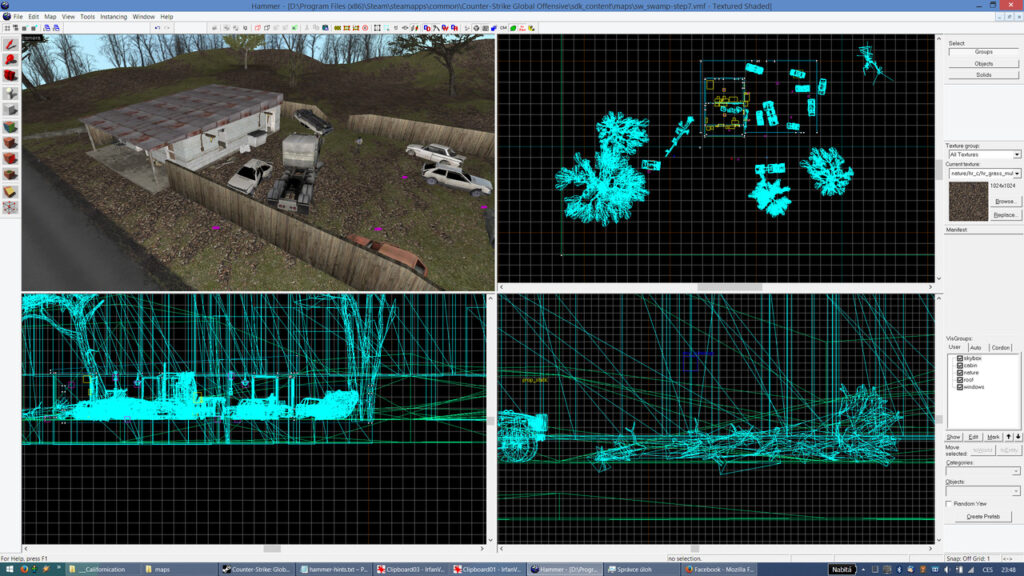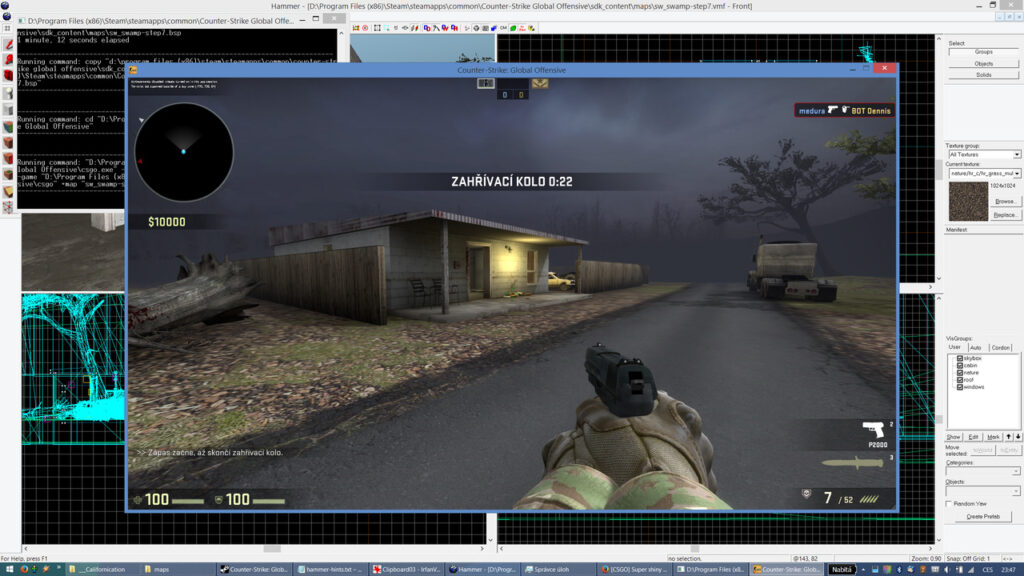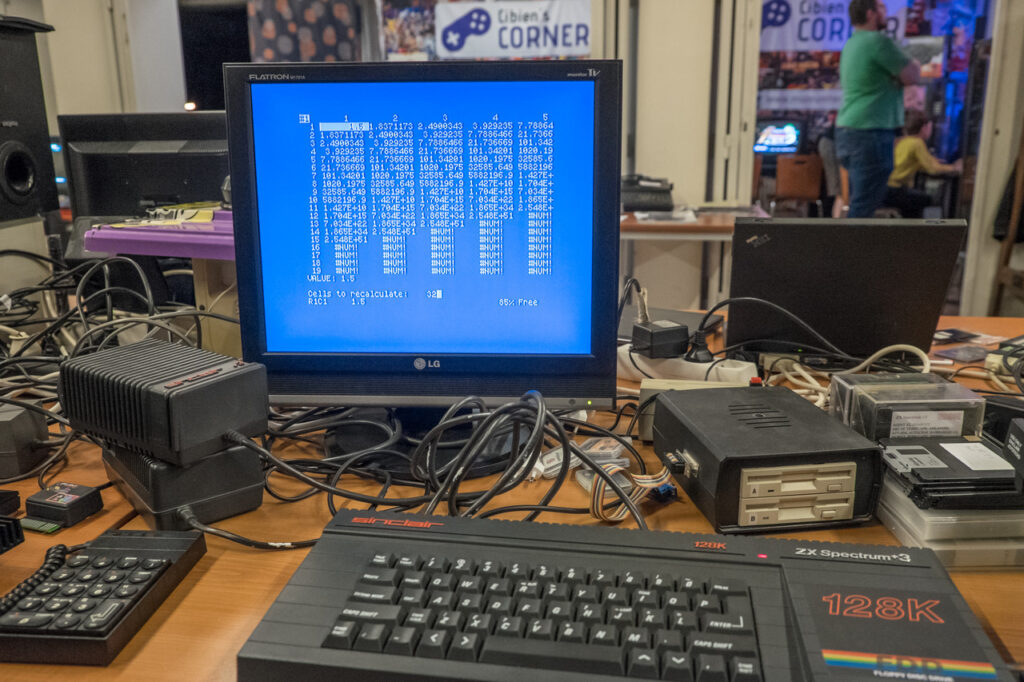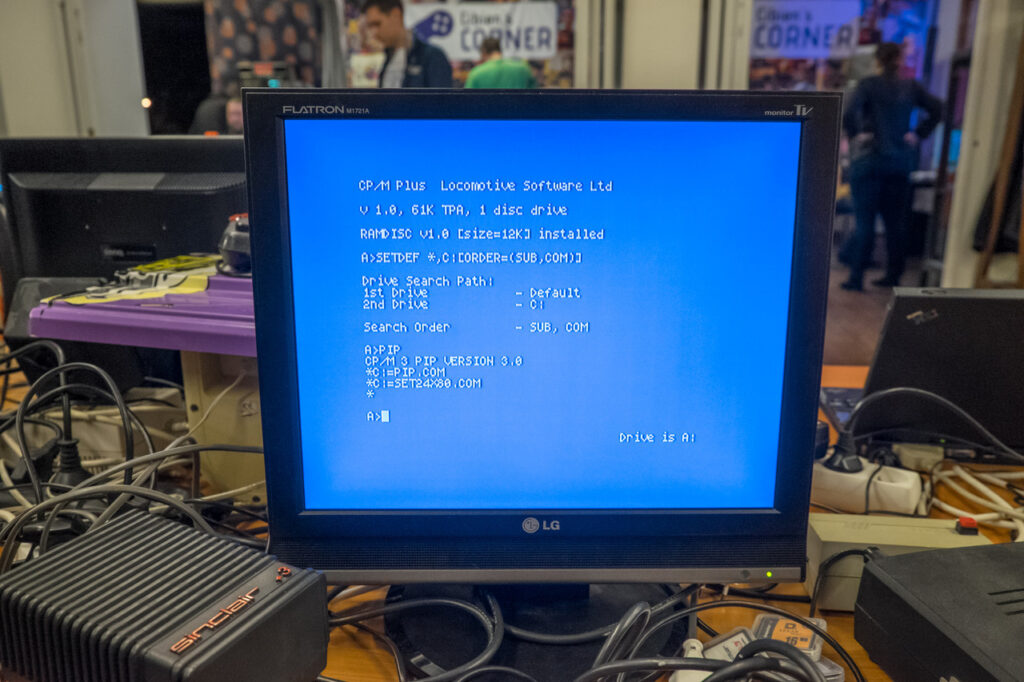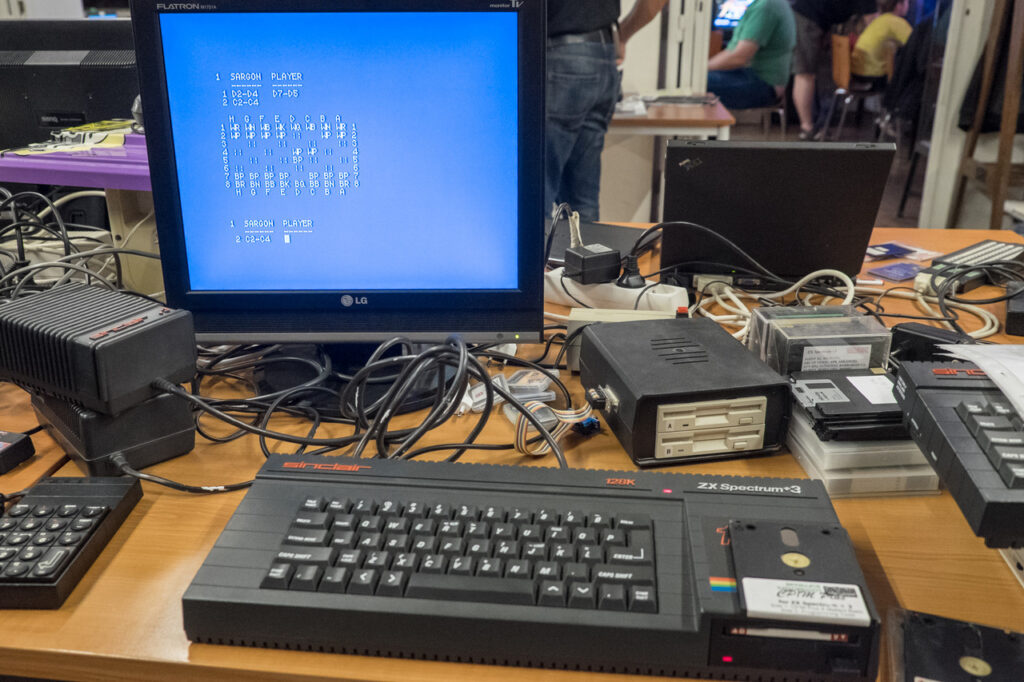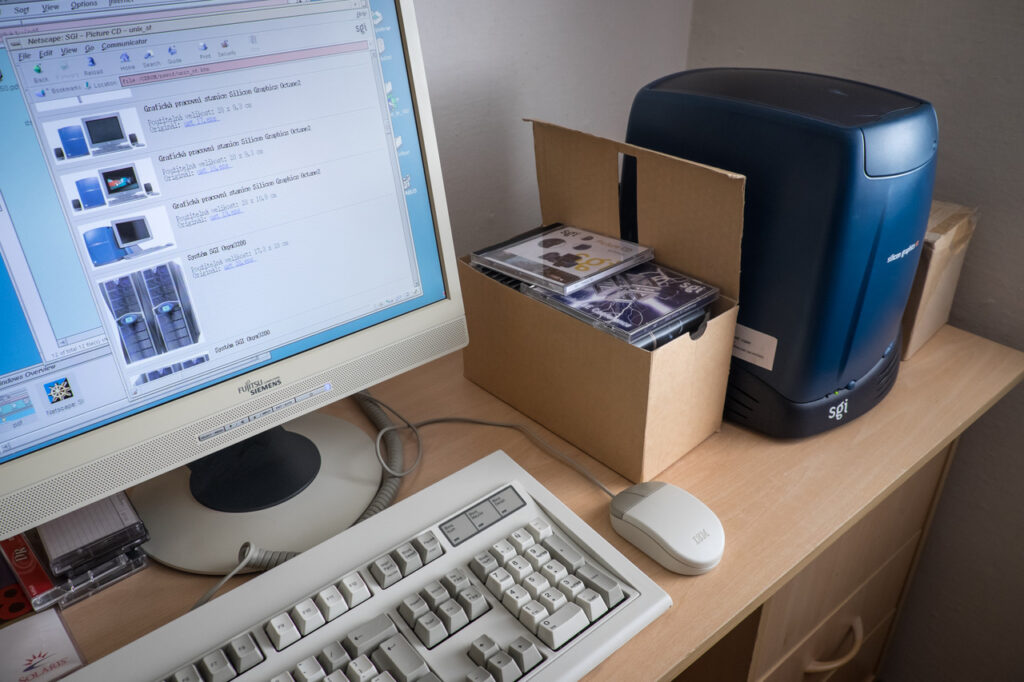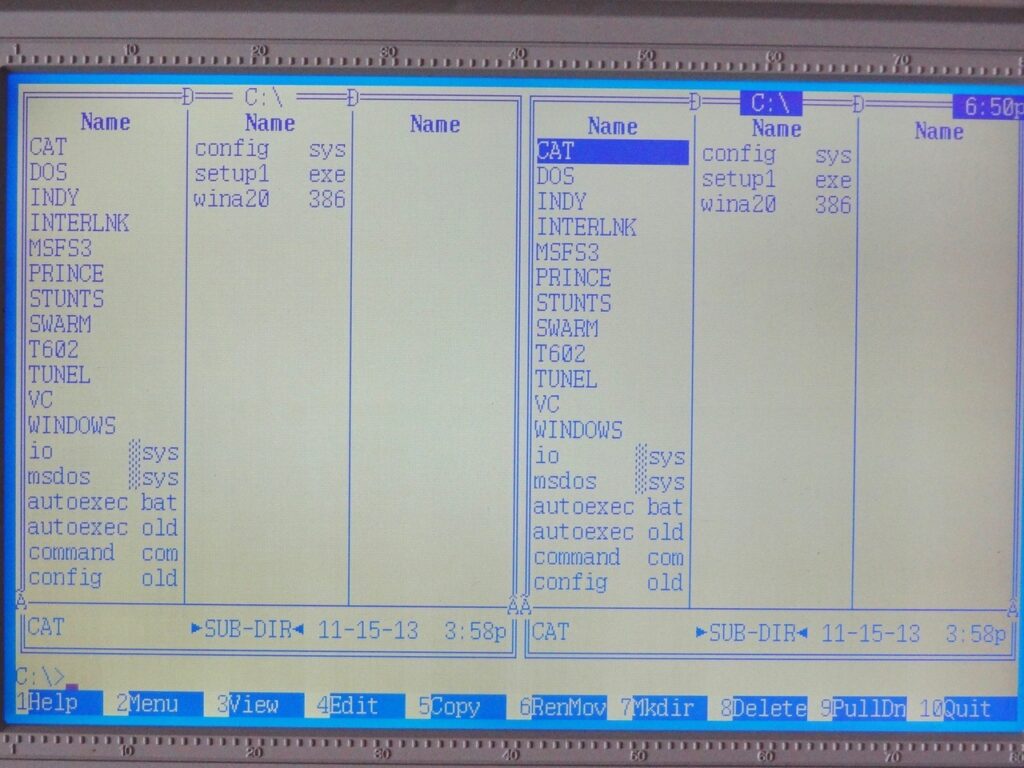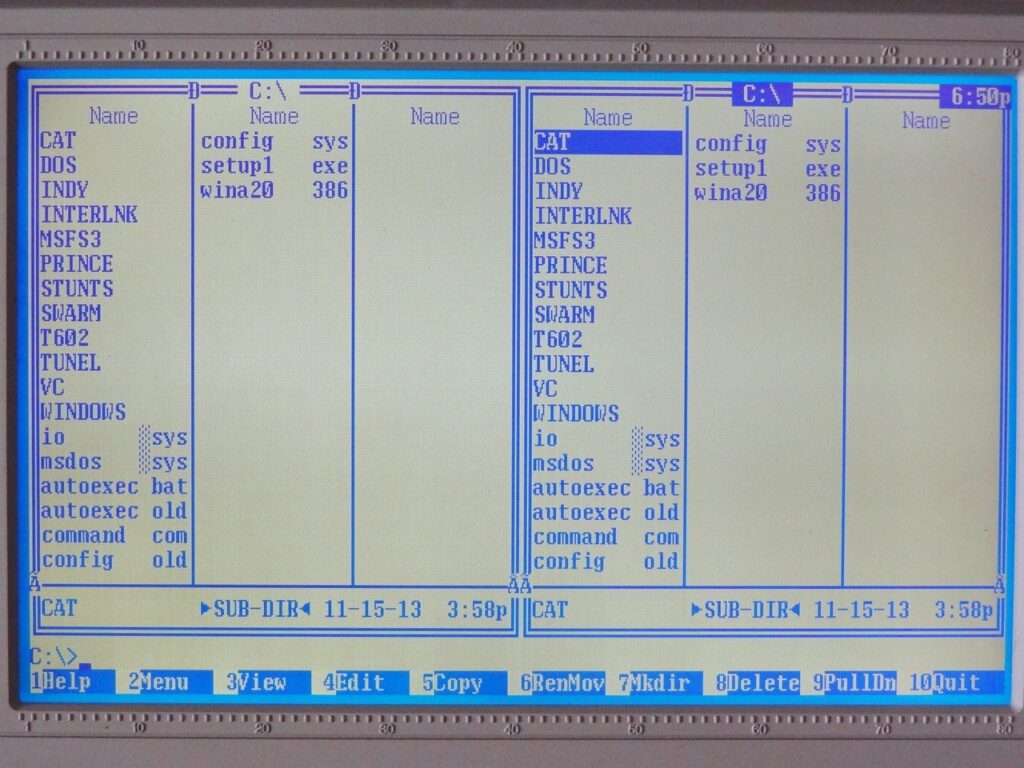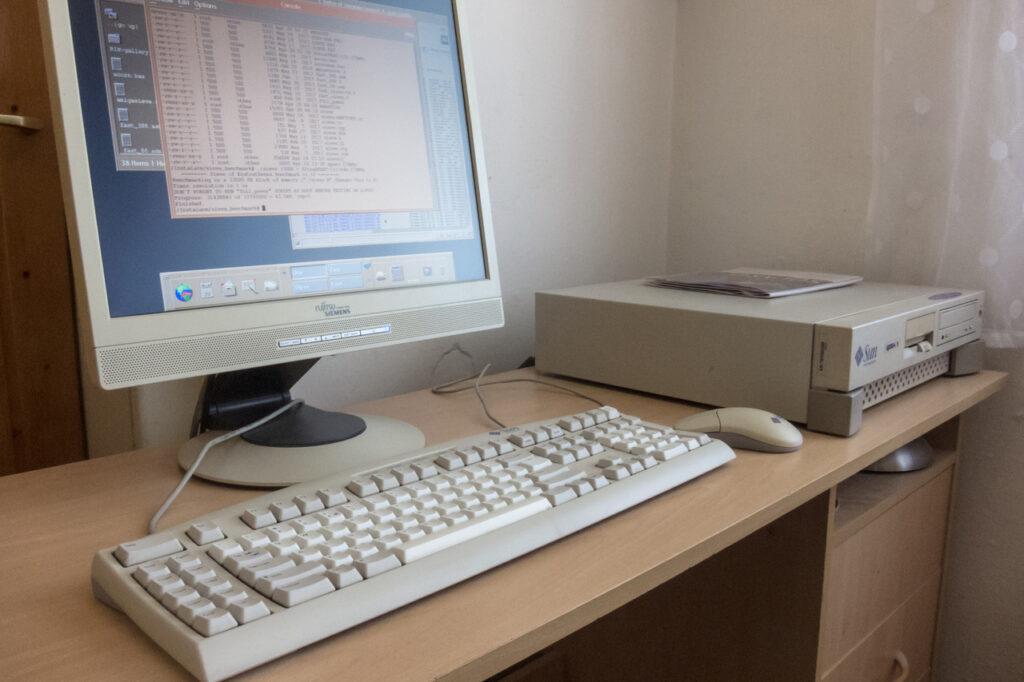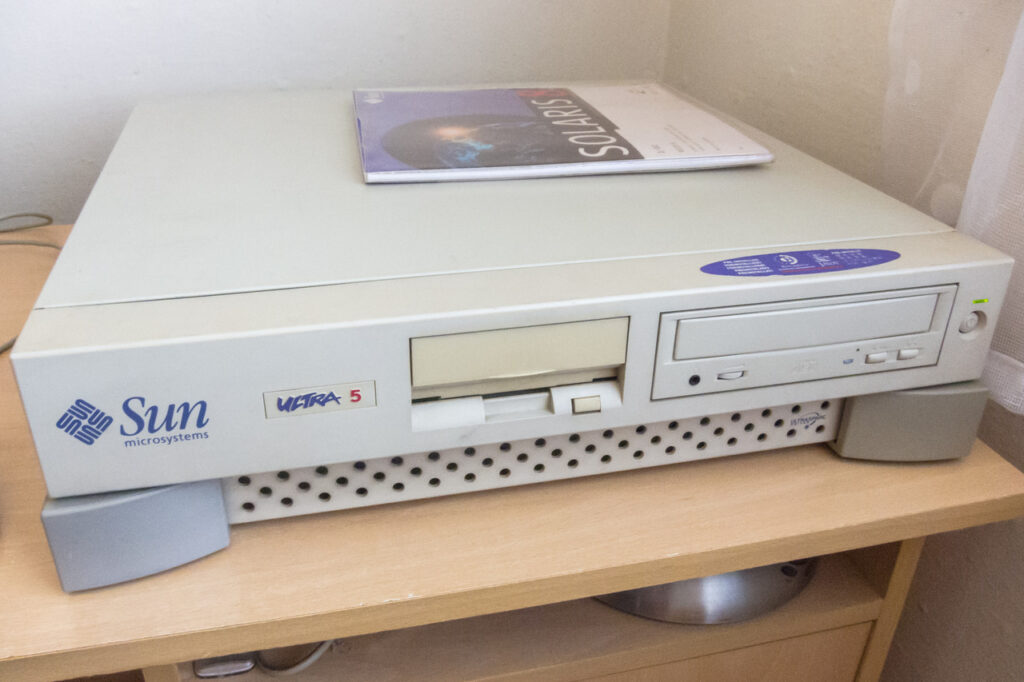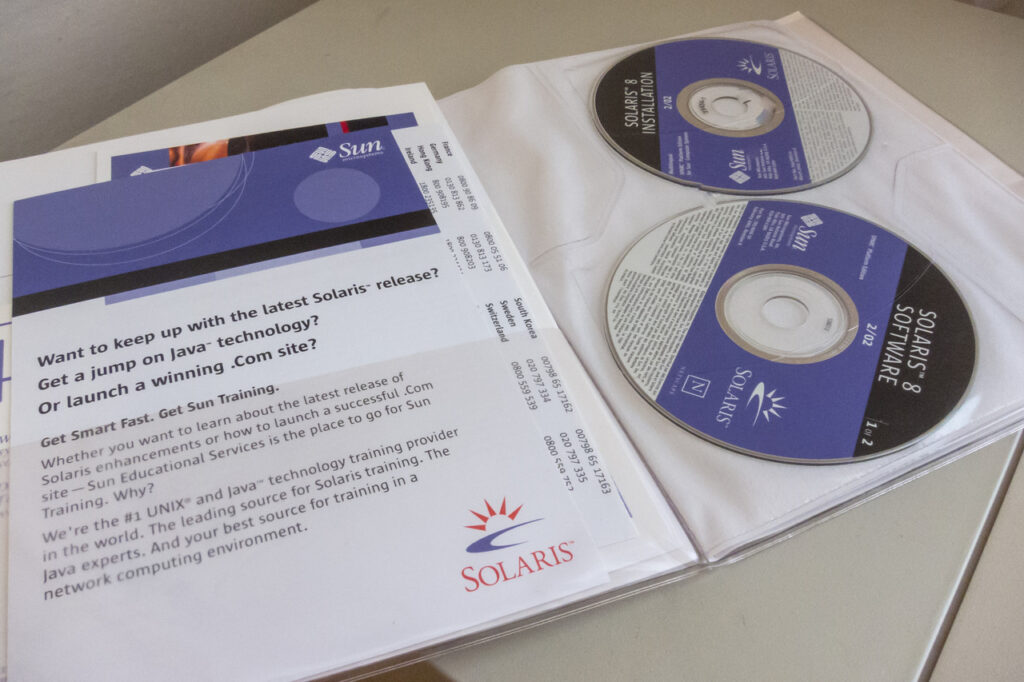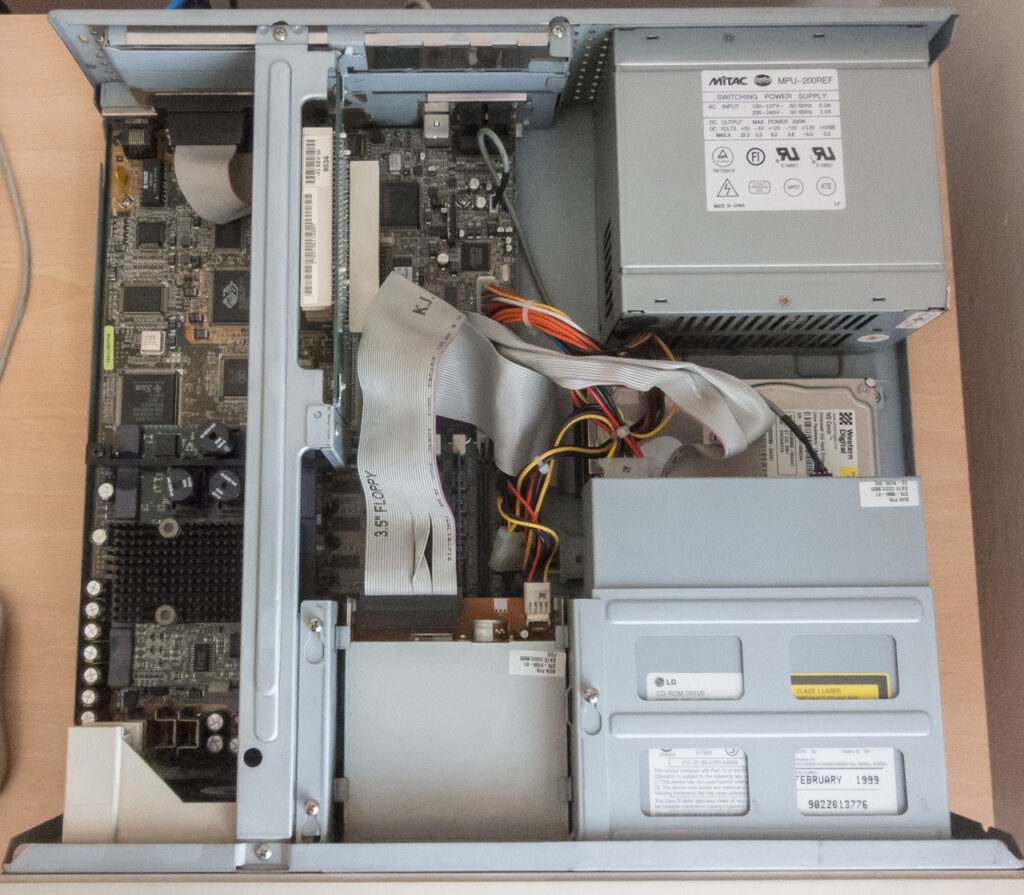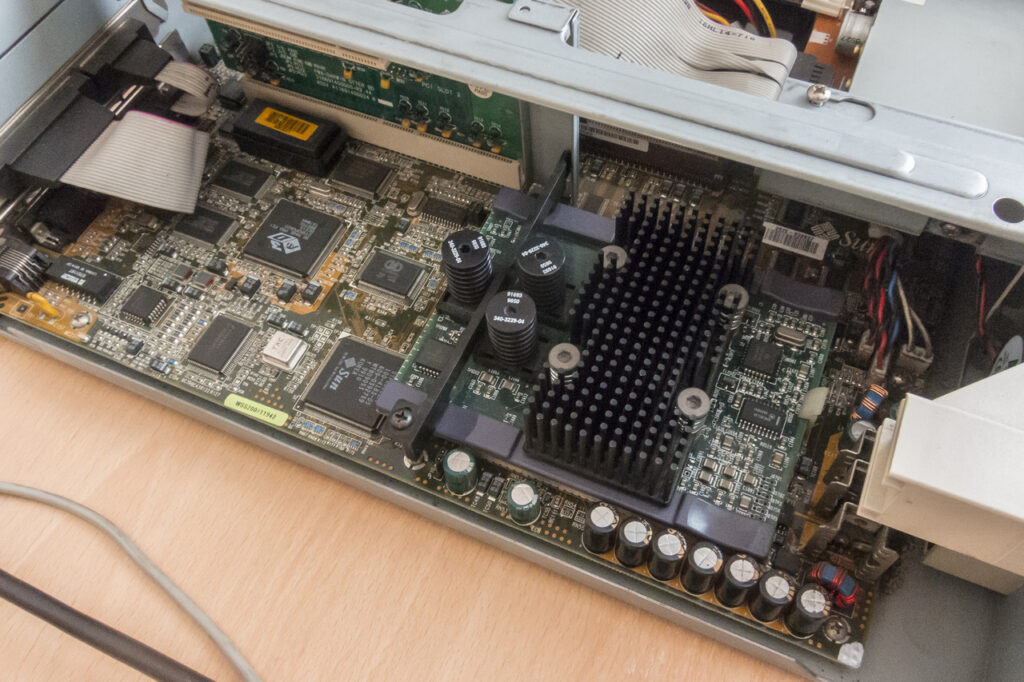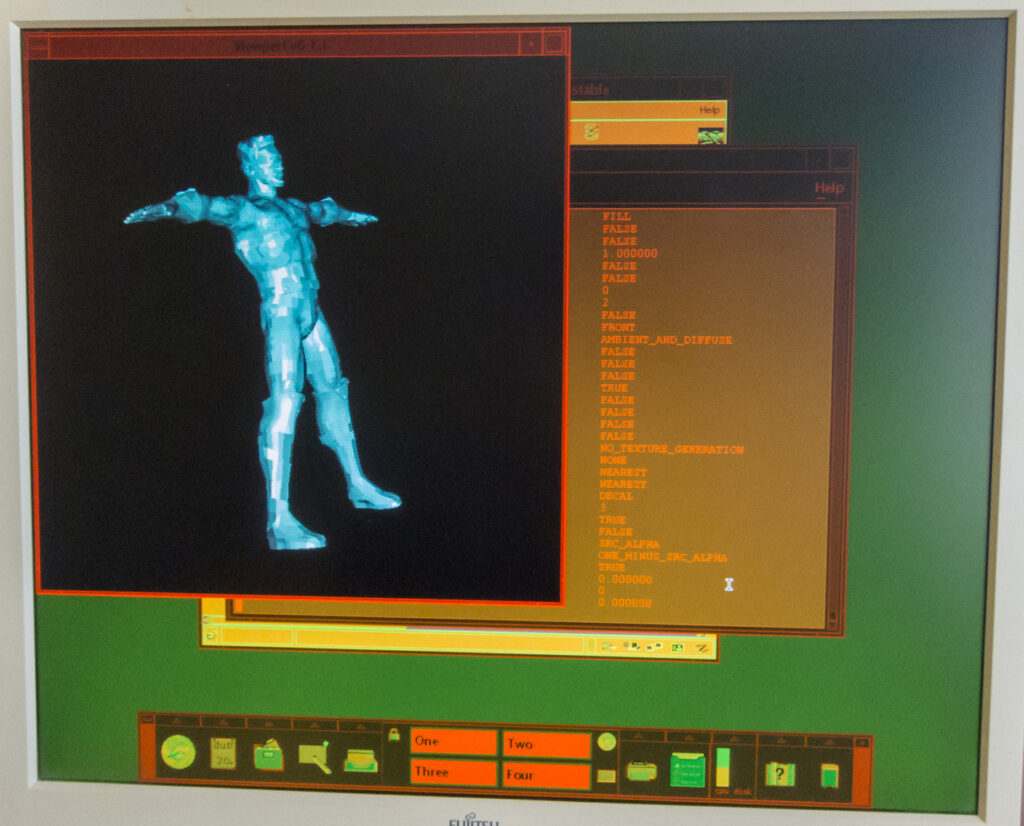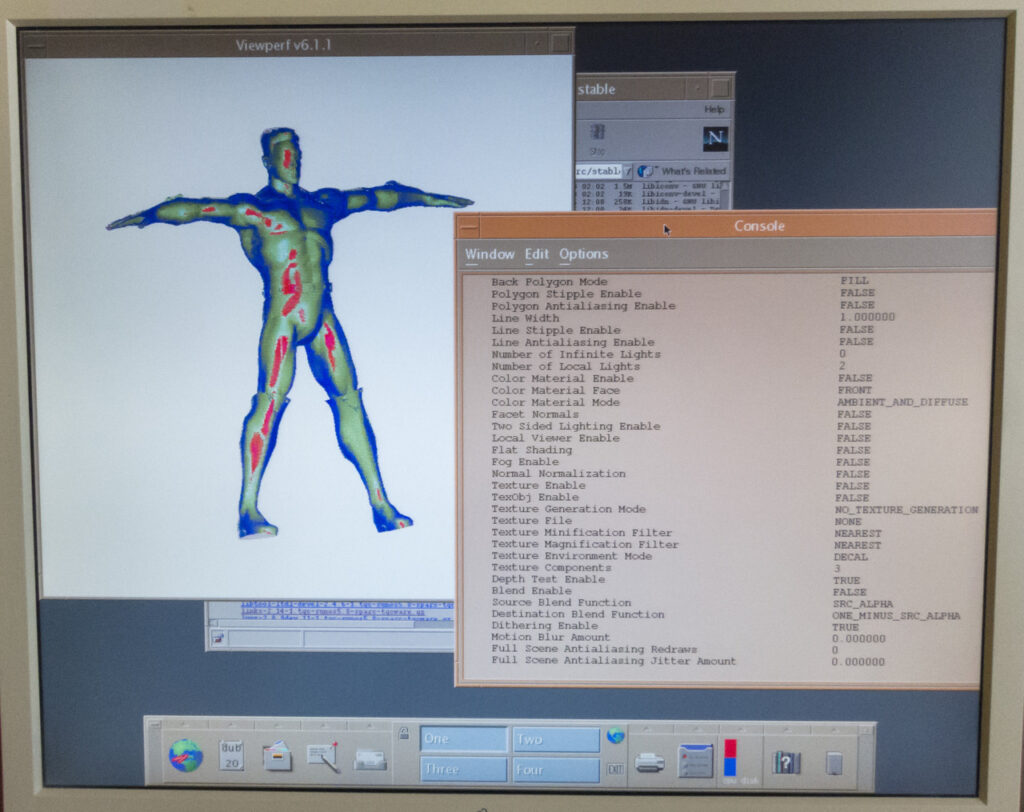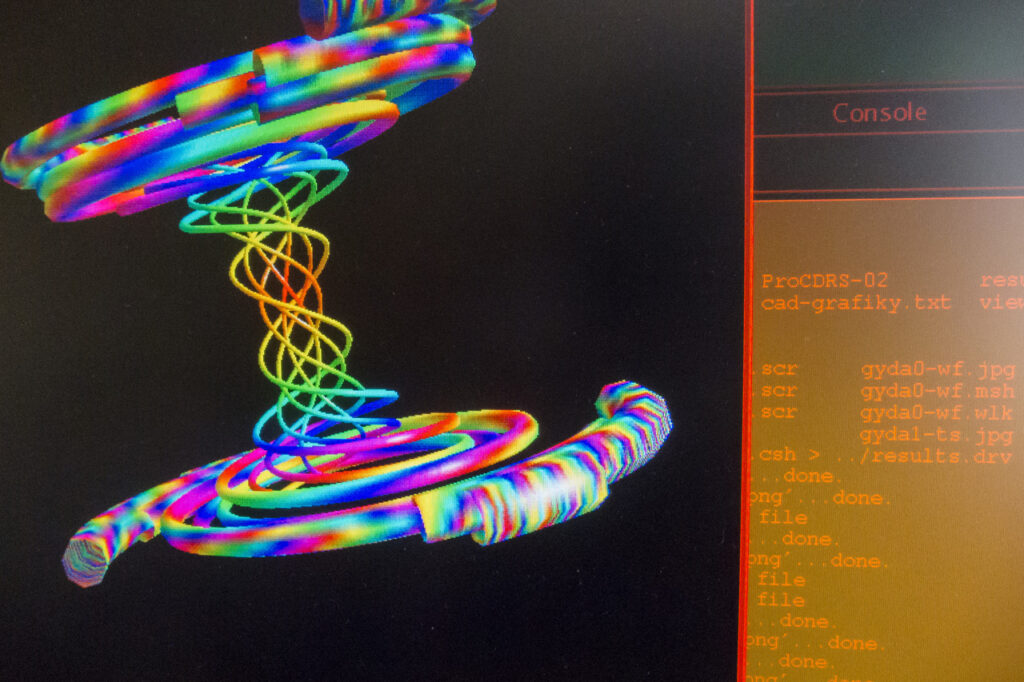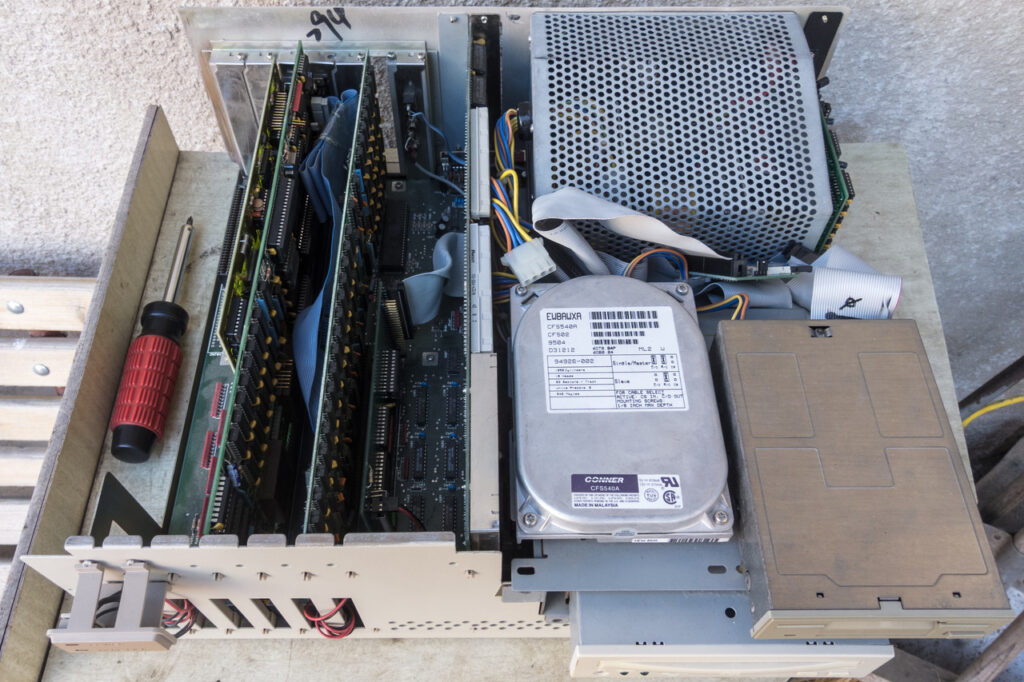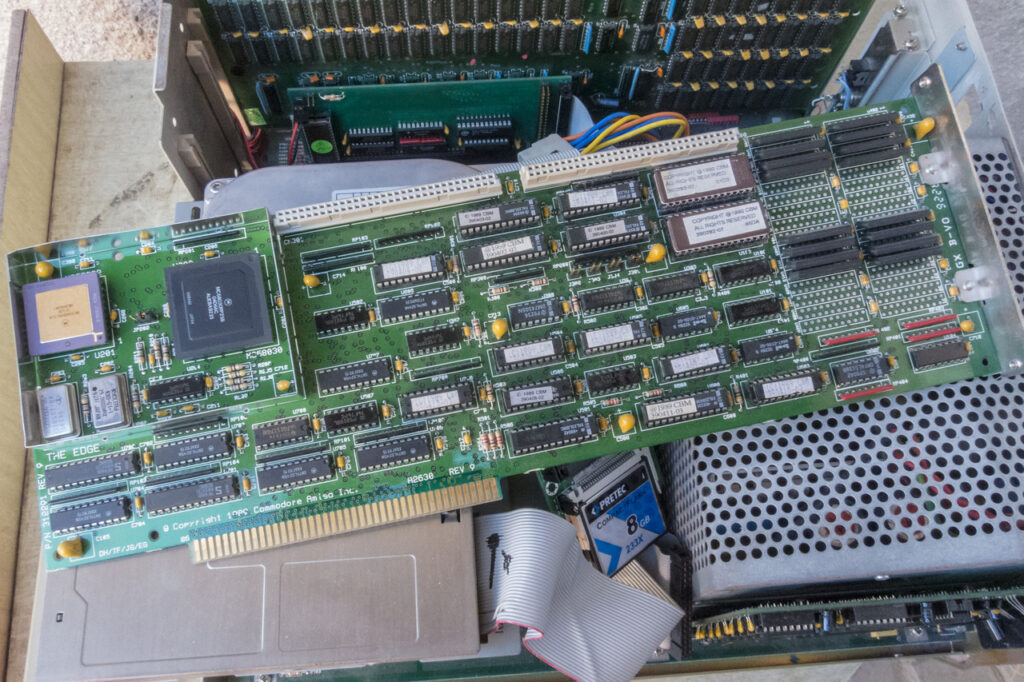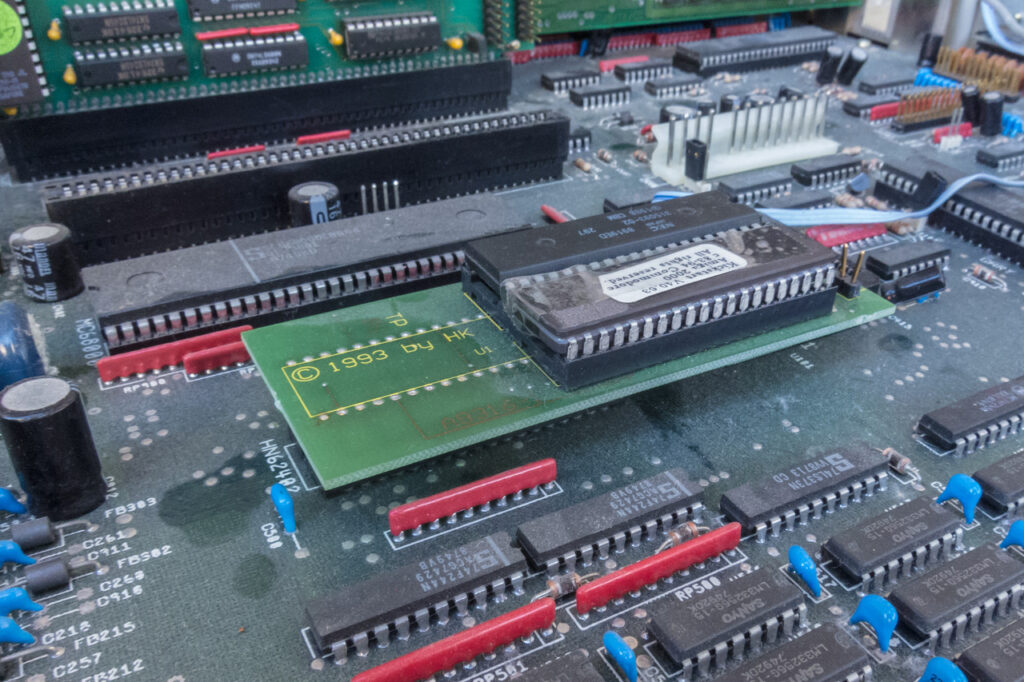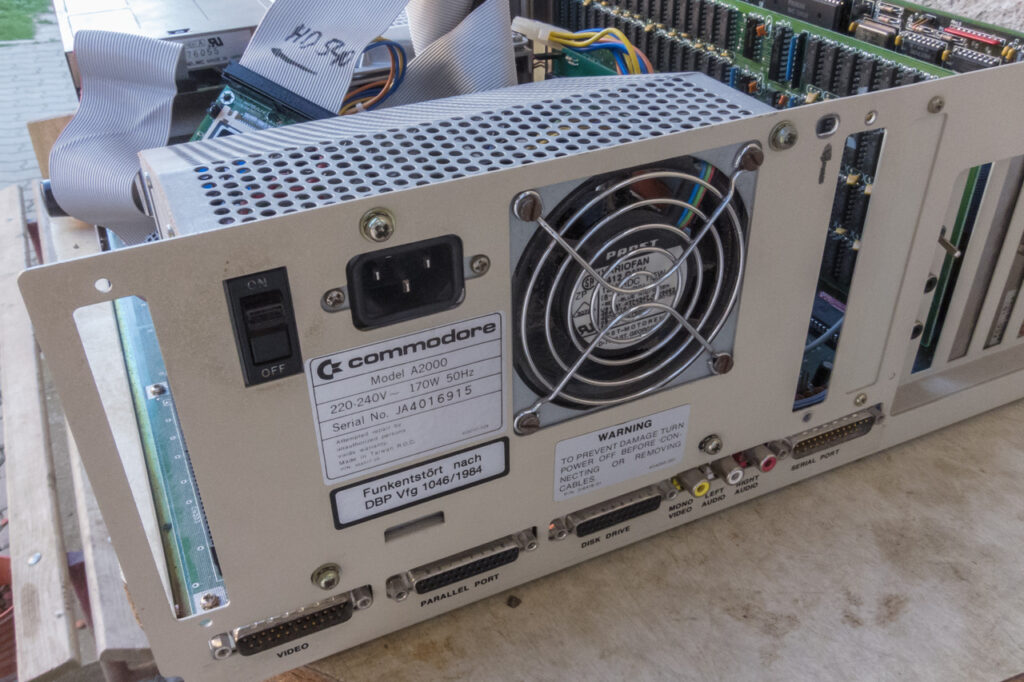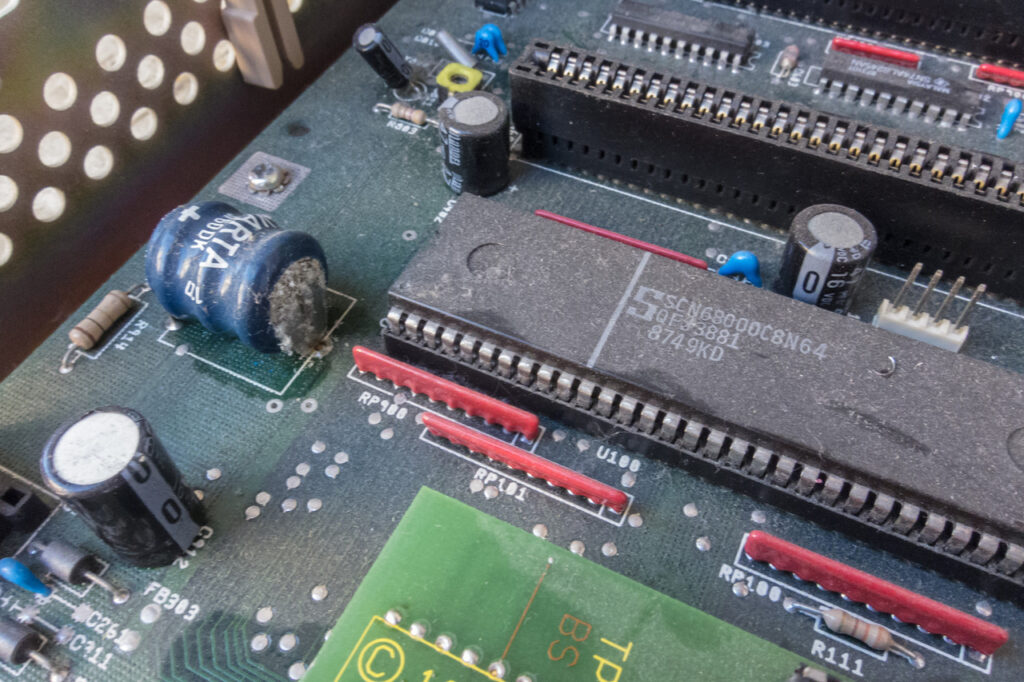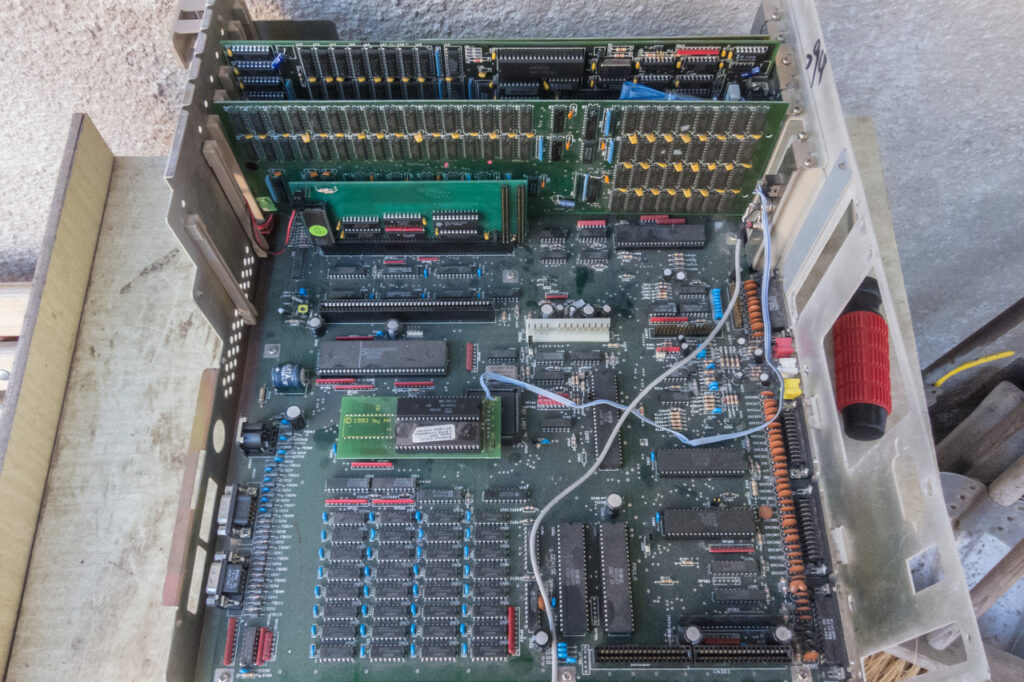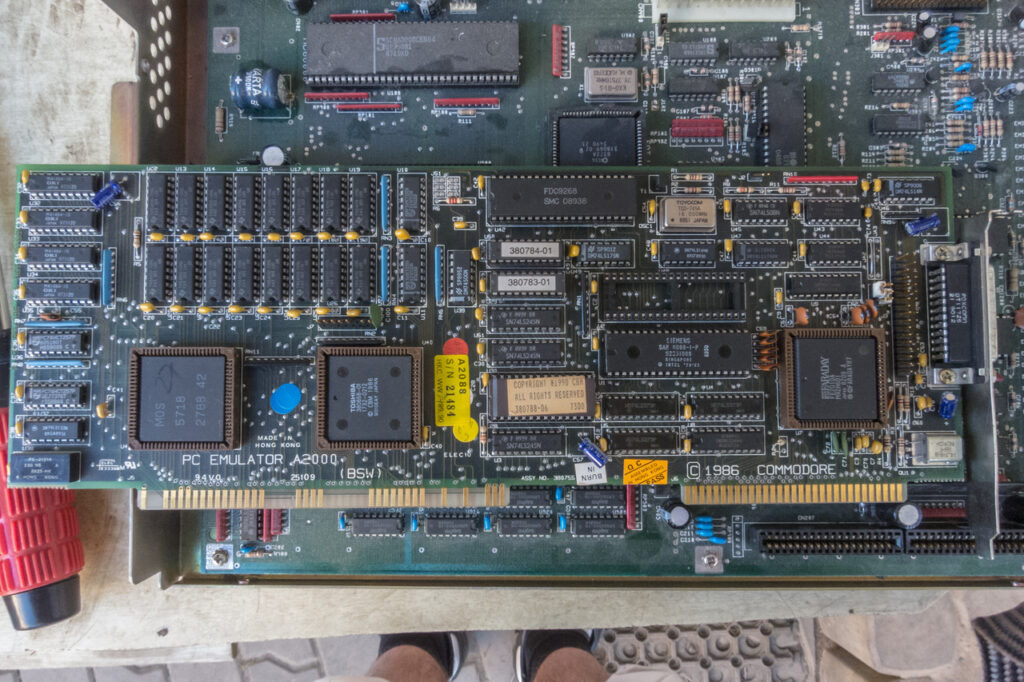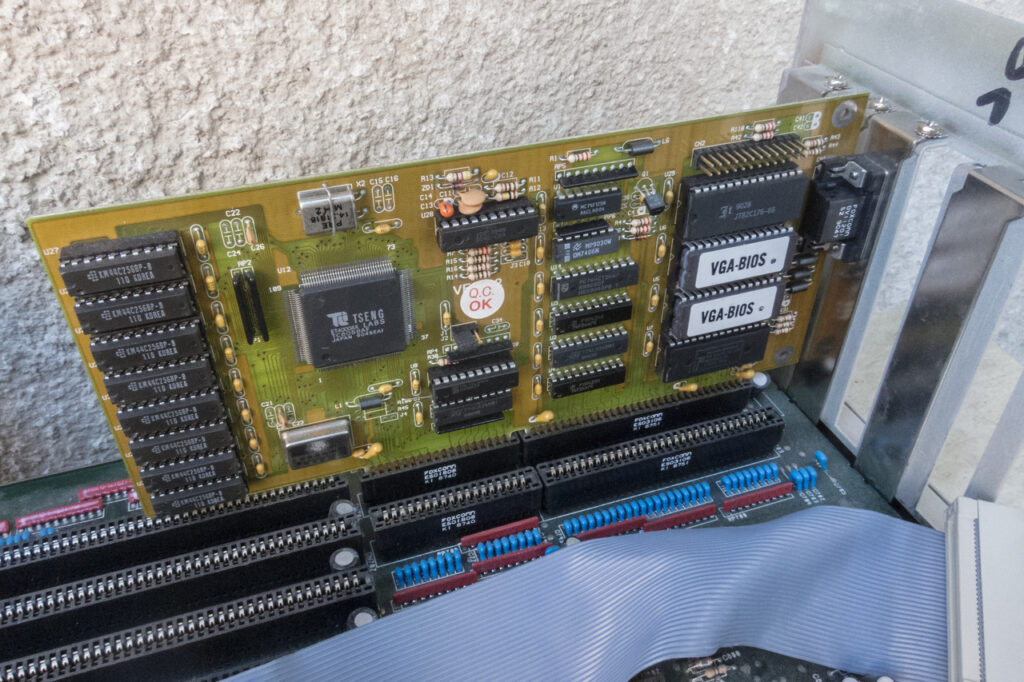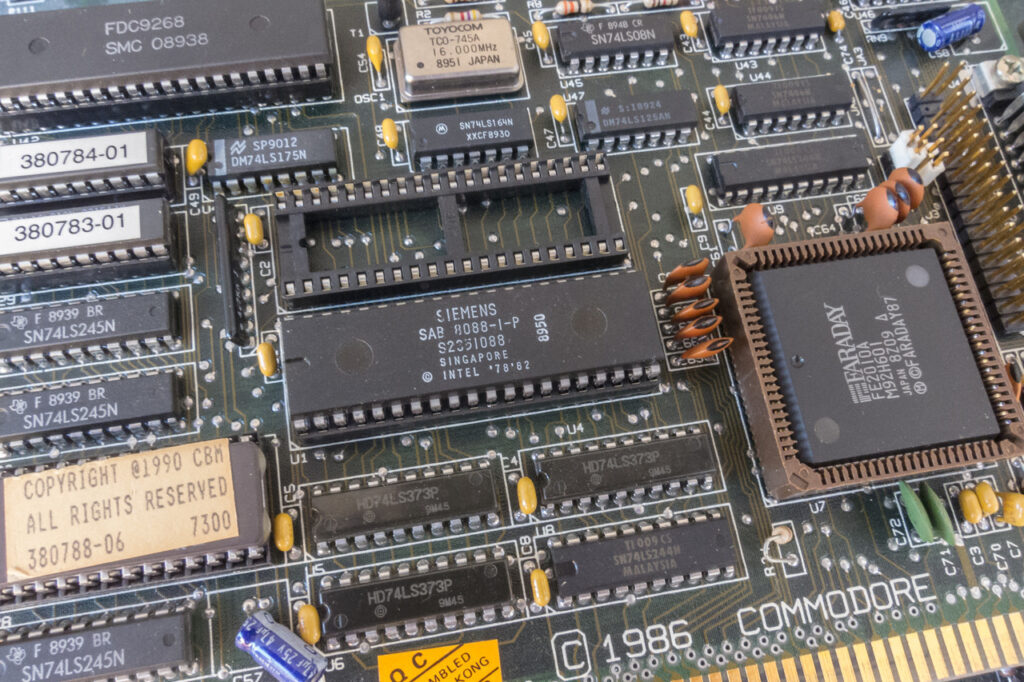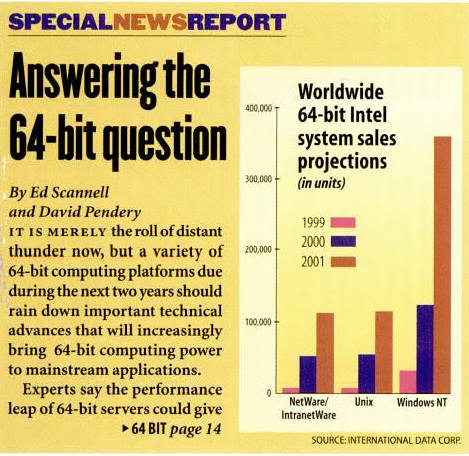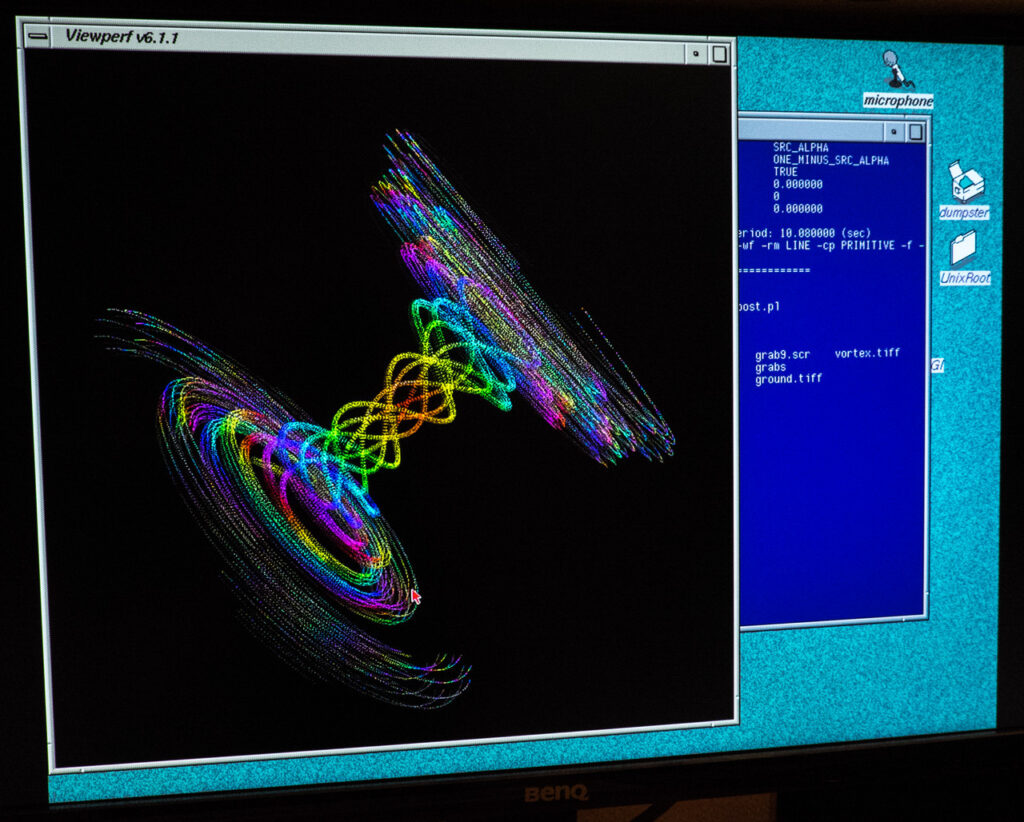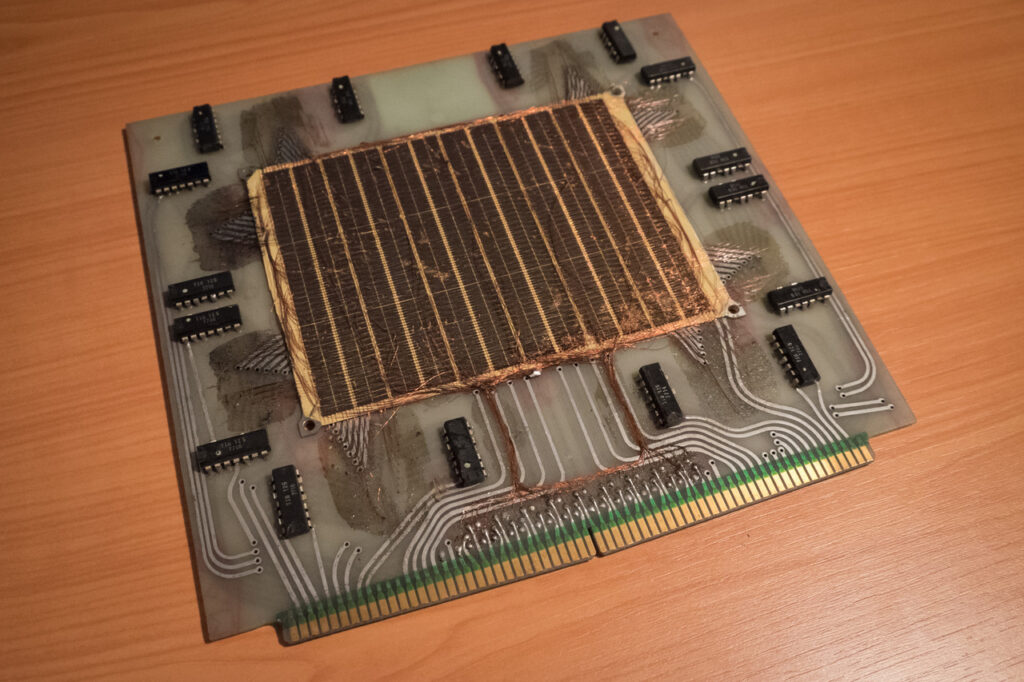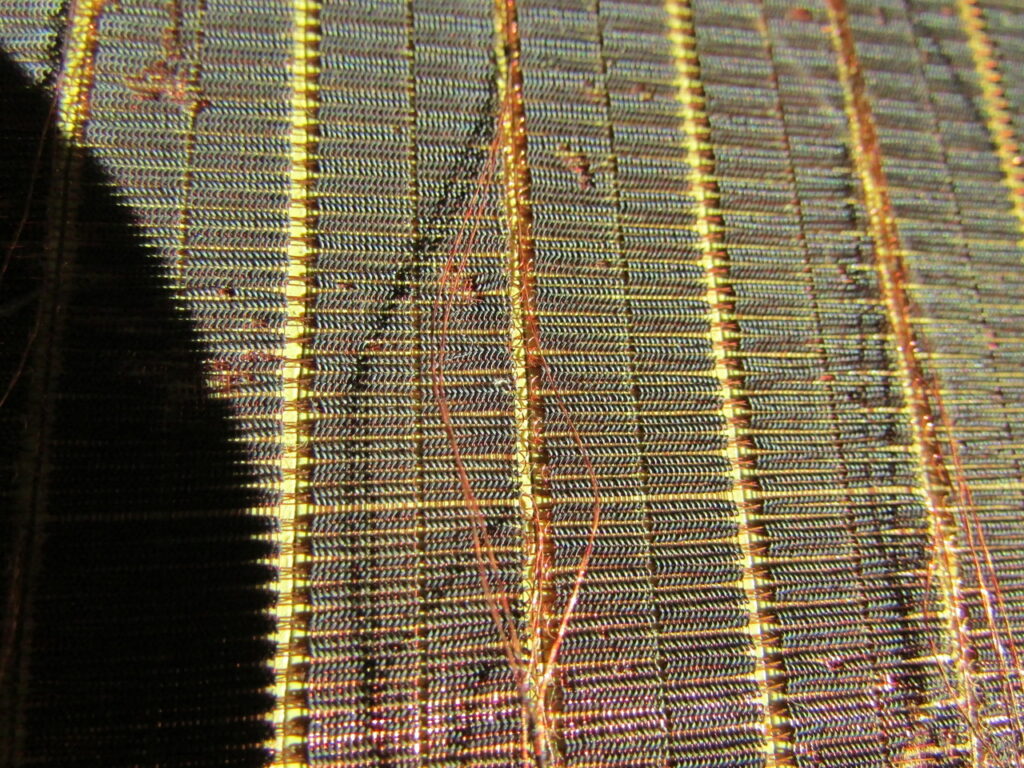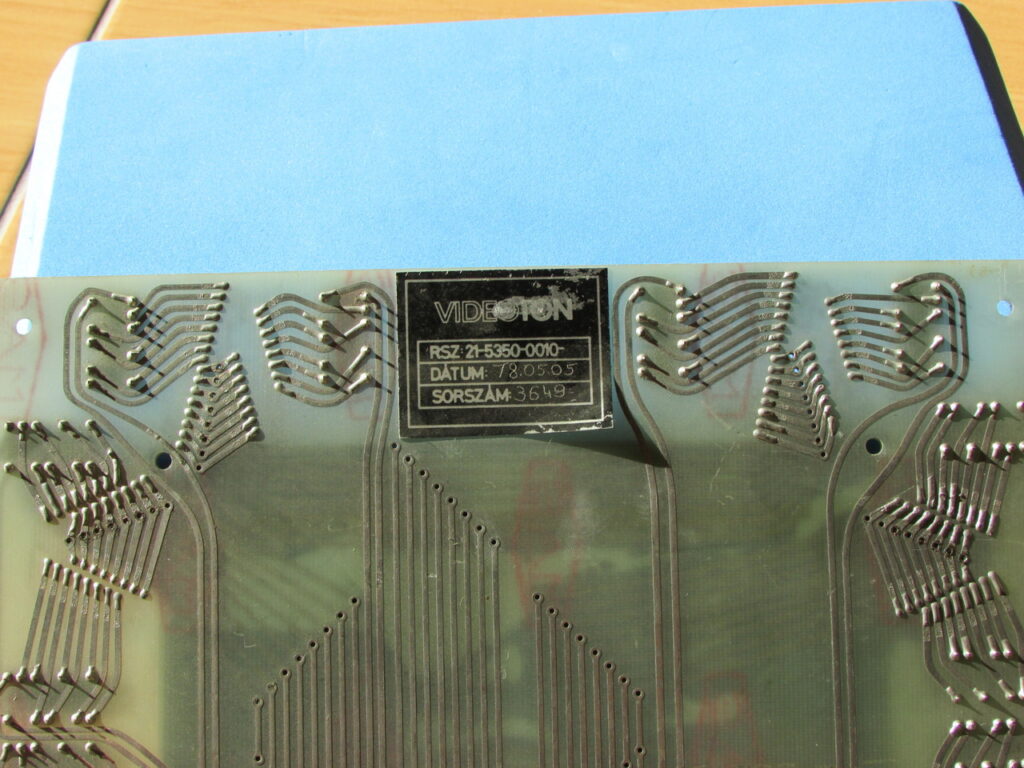Blog
CP/M running on Sinclair ZX Spectrum +3
Unlike previous ZX Spectrum computers, +3 is equipped with an internal 3-inch floppy drive (compatible with Amstrad computers) and it is fully capable of running CP/M. The system runs snappier and more responsive than Commodore 128 in the CP/M mode but there are two caveats. Multiple keys are missing in the crippled keyboard layout and these are replaced with cumbersome keyboard shortcuts. This can be especially annoying when working with spreadsheets.
Another issue comes from the fact that the video circuit works in a resolution of 256×192 so it cannot handle the standard 80×24 text-mode typical for CP/M machines. The computer normally displays only 32 characters per row which would not be enough for any CP/M program. The +3 version of CP/M therefore uses a reduced font resolution with just 5×8 pixels for each character (including space between characters). Such font allows to display 51×24 characters and that’s the default text mode when +3 is booted in CP/M.
Of course not all programs work correctly with the reduced screen size so there is a program called SET24x80.COM. It provides a virtual 80×24 screen and you can quickly switch between displaying the first 51 columns or last 51 columns of the screen using a keystroke.
Dot Matrix Anyone?
Indeed! There is no better way to print a program listing.
A few nice things from last weeks
I’ve salvaged two SGI O2 workstations in a very good shape. They were used in Military Research Institute Brno (a state-owned enterprise in Czech Republic). Both have 300-MHz MIPS R5000, 128MB RAM and an extremely noisy 9GB hard drive made by IBM. One of them is full of dust and needs cleaning really bad but the other (which held classified information according to stickers) is clean like new. They were for free.
I was also given two packs full of CDs with SGI marketing materials, sets of hi-res photos of SGI computers for printed magazines and technical presentations for SGI customers. Most of it can be shared with public so I’m thinking about uploading it somewhere.
Bright Text on 1-bit Displays
XT-class Toshiba laptops started to use “double-scan CGA” displays with a resolution of 640×400 in the late 80s. This allowed for better graphics and much sharper text in comparison with ordinary CGA solutions. However, the LCDs which Toshiba used worked only in 1-bit mode so there were no shades of grey (blue). Lower resolutions in graphics emulated (four) colors using 2×2 patterns. The text mode, on the other side, emulated the intensity bit (bright text) using bolt characters.
Toshiba experimented a lot with hi-res fonts in ROM and I’m not pleased with the results. Standard (thin) font is hard to read and not visually appealing. Fortunately, it is possible at least to swap the bold and standard fonts using a keyboard shortcut. It is strange that the highlighted characters are in fact less readable then but overall experience is still better than with the default setup.
Sun Ultra 5 Workstation (1998)
After the introduction of Windows NT and later introduction of Intel Pentium Pro, the PC platform slowly became a big threat for UNIX workstation manufacturers. Most of them disappeared from the market. Some still exist but they don’t make UNIX workstations anymore.
Sun was well aware of the issue and introduced low-cost UNIX workstations based on their own UltraSPARC CPUs. Unlike other models, these were made mostly from off-the-shelf PC components. There are industry standard EDO RAM modules (with ECC) and the frame buffer is in fact an ordinary $40 ATI Rage Pro PCI video chip. All on-board devices communicate over the standard PCI bus and mass storage devices are connected to an IDE controller instead of more common SCSI (at the time).
On the other hand, there is a full-blown UltraSPARC II CPU similar to the ones in Sun’s high-end workstations. There were two configurations available at the beginning. The lower-end one with 270-MHz CPU has 256 KB of external (L2) cache. Its integer performance is on par with similarly clocked Pentium II and the floating point performance is up to 25% higher (comparable with 290-MHz DEC Alpha). The 333-MHz configuration has 2 MB of external cache which can double the performance in certain types of tasks (+80% in SPECfp95).
Let’s put Ultra 5 in the 1998’s workstation perspective. The main target for this machine was “technical computing”. With the price starting below $5.000, Ultra 5 was the easiest way to get a new UNIX workstation. Low-spec SGI O2 workstations cost about $8.000 and their R5000 CPUs were much slower. An R10000-based O2 would be comparable in terms of computational performance. However, such machine was not available under $15.000. To be fair, SGI O2 can handle 3D in hardware (triangle setup, Z-buffer, texturing) and, according to my testing, even the configuration with 180-MHz R5000 (true-color RGB888) is 3-3.5x faster in OpenGL tasks than 270-MHz Ultra 5 (256-color-only mode with RGB332).
Ultra 5 utilizes its on-board ATI Rage Pro chip only for simple 2D acceleration (BitBlt) and the driver made by Sun ignores all video and 3D capabilities of the chip. Solaris doesn’t support the 16-bit color mode (only 8, 24 and 24+8 are supported) which is the only one where ATI’s chip can handle 3D acceleration. Although the chip didn’t shine in image (3D) image quality, its raw performance in professional OpenGL applications was similar to the SGI O2 integrated video (tested under Windows NT). There is no excuse for not using the video acceleration. Rage Pro was pretty good in video (filtered scaling, color conversions,…) and an average mid-end office PC with this chip (on-board) could easily outperform Ultra 5 in MPEG full-screen playbacks. 320×200@30fps video can be played back only in 1:1 mode. If the video is displayed in full-screen, frame rate drops to 1-2 fps.
This is my first experience with Sun workstations (apart from using Sun Ray thin clients at college) and I’m not very impressed. Basic administration is much more difficult than in IRIX or HP-UX (these two have nice GUI/TUI programs for this purpose). The keyboard has useless additional keys and the mouse cursor is refreshed only about 20x per second. The CPU performance was good at the time of introduction but everything else was not competitive in comparison with $4.000 Pentium II PCs. When it comes to multimedia support, even Linux distros from the 1998 were not worse than Solaris.
*) Last photos show that (unlike other UNIX workstations) Ultra 5 cannot handle multiple 8-bit palettes simultaneously. A whole palette is set according to needs of the window that is active, which results in psychedelic color effects. On the contrary, Windows 9x and NT were ready for dealing with single-palette video chips by reserving about 20 colors for GUI. These colors could not be changed if the active application was not in the full-screen mode.
Amiga 2000 (1987) – Part 1
This quite a nice upgraded machine waited two years for a repair. Now I am on sickness leave so I finally have enough time to look inside. The logic board is covered with a lot of dust and the EMI suppression capacitor exploded so it needs to be replaced. Before the explosion (which happened when the machine was off) there was also another issue – it could not boot without the (CPU) accelerator card and even then, under certain situations it displayed the green screen error (= chip RAM).
Except for the CF-IDE adaptor, there are no modern upgrades in this A2000. The logic board contains just 68000 with 1MB of chip RAM and it is expanded with following:
- A2630 rev 9 – an accelerator board with 25-MHz MC68030 CPU, MC68882 FPU and 2MB of 32-bit (fast) RAM
- IDE controller for a hard drive and CD-ROM
- Multivision 2000 – a scan-doubler (VGA compatible) with a stereo audio amplifier
- A25000 – 2MB RAM expansion
- PC Emulator A2000 – a PC XT emulator card with 4.77-MHz 8088 and own RAM
- Tseng ET4000AX – a video card that allows to display the DOS session on a separate VGA
screen
64-bit Future
64-bit operating systems were a big thing in 1998! They were so wrong with their predictions…
Source: Infoworld
SPEC Viewperf on SGI Octane2 (2000)
Viewperf is an interesting set of real-world OpenGL benchmarks. The original version was developed by IBM but other companies (SGI, Digital…) quickly joined the development and Viewperf became an industry standard for OpenGL benchmarking focused on CAD, CAM, CAE, medical and scientific stuff. Unlike 3D Mark and other benchmarks you can see today, Viewperf simulates a rendering pipeline of real applications on real data.
The data (viewsets) were not developed by the project group. They were provided by independent software vendors. In fact this is true even today with the current version of Viewperf (12). I still use this benchmark when testing workstation-class laptops and NVIDIA GRID virtualized desktops.
The version 6.1.1 was released in 2000 and it was the last version with precompiled binaries for SGI IRIX (among many other systems like Windows NT, Compaq Tru64 UNIX and SunOS). I’ve used it to check the performance of the SGI VPro V6 graphics inside Octane2. VPro V6 is a single-chip graphics solution capable of processing OpenGL commands directly in hardware and it is equipped with 32 MB of memory (24 MB for buffers and 8 MB for textures). SGI VPro and NVIDIA Quadro (which is an ordinary GeForce 256 SDR card with CAD acceleration functions enabled) were introduced at the same time. Although the SGI’s hardware was very advanced in certain capabilities*, Quadro (as a chip born from the consumer segment of the market) was for the first time (slightly) faster even in the CAD/CAE market. This was the beginning of the end of custom professional graphics accelerators (3DLabs, Evans & Sutherland, SGI…). This was also perceived as another hard blow for UNIX workstations after the introduction of Pentium II.
*) High precision 48-bit framebuffer, accumulation buffer for depth of field, FSAA and motion blur effects
Magnetic-core memory from 1978
It was used in a computer terminal (Videoton, made in Hungary) and could store about 7 KB of data. This is a part of the vintage stuff I use for teaching purposes.
